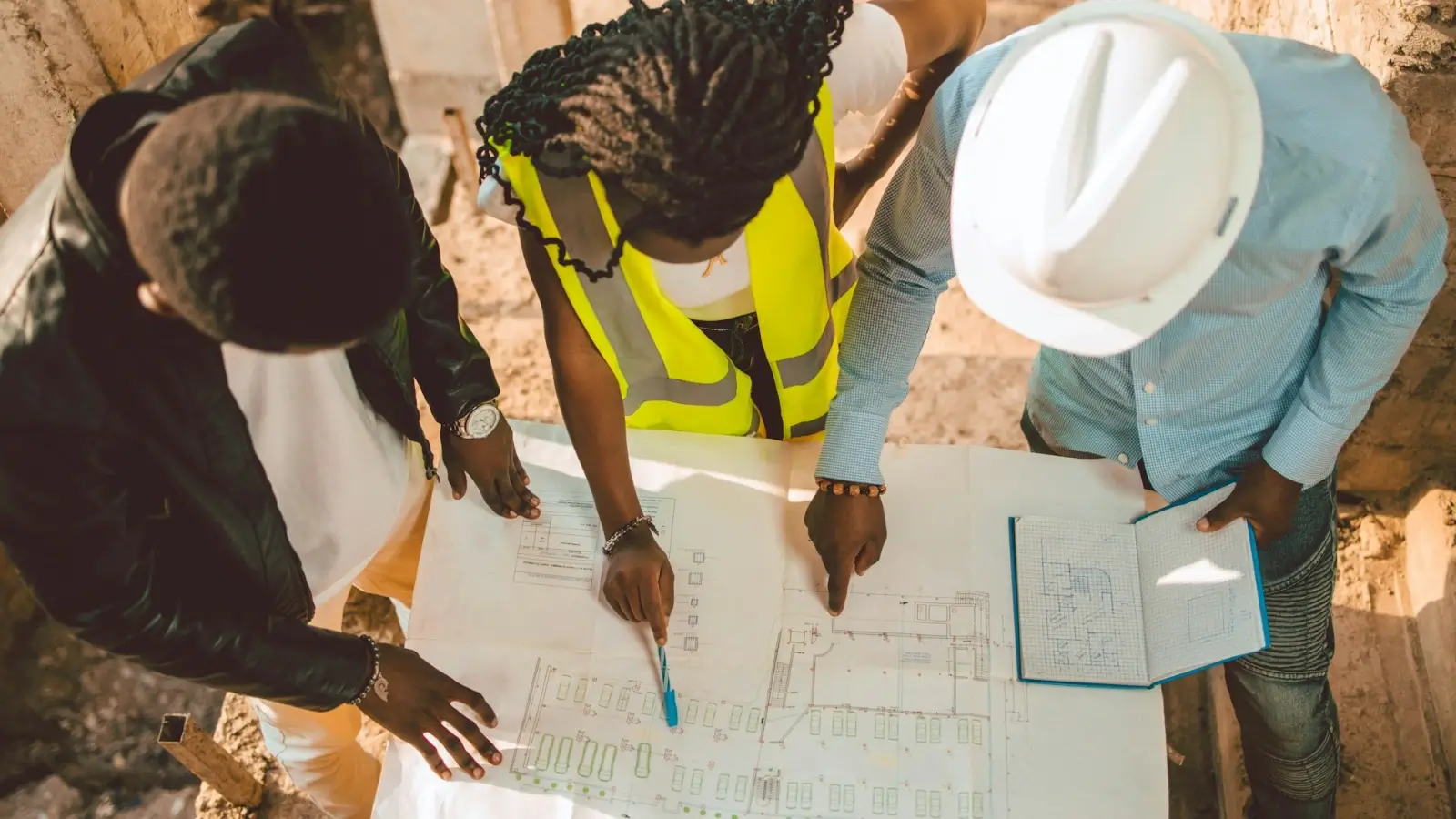


In construction projects, the bidding process is one of the most vital stages. An accurate bid determines the entire direction of a project, from timelines to costs. However, inaccurate or incomplete bids can lead to financial losses, project delays, and even legal disputes. One crucial factor that directly affects bid accuracy is the construction takeoff.
A construction takeoff is a detailed process that involves measuring the quantity of materials and labor required for a construction project. It acts as the foundation for a contractor's bid, ensuring that the project is priced correctly. In this article, we will explore the importance of construction takeoffs for accurate bidding and how they contribute to the success of your project.
Without a precise construction takeoff, your bid might miss the real scope. It can cause people to bid too high or too low, or to overlook crucial details in the final estimate, for example, a delivery fee. Accurate takeoffs, by contrast, give your bid a solid base and help set clear expectations for the project.
Here's why takeoffs are necessary:
If you are unsure about how to approach creating a construction takeoff, check our guide.
Construction takeoffs help keep your project on schedule, within budget, and exactly to specs.
An inaccurate takeoff can have severe consequences for both contractors and clients. Here's a closer look at the potential risks:
If a contractor underestimates the amount of materials or labor needed, they might submit a low bid, only to realize later that they'll lose money on the project. This often leads to cutting corners or the need to renegotiate terms with the client, damaging trust.
On the flip side, overestimating can lead to an excessively high bid that may scare off potential clients. This could cost a contractor the project or make them seem less competitive compared to others with more accurate bids.
Inaccurate takeoffs may also lead to delays if materials need to be reordered or the wrong materials are ordered. This could push the project timeline back, affecting both costs and client satisfaction.
If materials or labor aren't accounted for correctly, a contractor might be forced to pay out of pocket to cover the discrepancy, leading to financial strain. These unplanned expenses can eat into the profit margins, making the project less profitable.
Creating a clear construction takeoff requires precision and attention to detail. Here are some best practices to ensure your takeoff is as detailed as possible:
Precise construction takeoffs are the foundation of submitting dependable and competitive bids. They are the backbone of cost estimation, resource allocation and project planning, ensuring that jobs are completed on time, within budget and with the fewest hitches. By spending time to create detailed and accurate takeoffs, so will their chances of winning contracts increase and successful projects be delivered.
For either a contractor seeking ways to streamline your bid process or a client who simply wants to ensure fair pricing, understanding the role of construction takeoffs is essential in order to achieve a successful outcome.